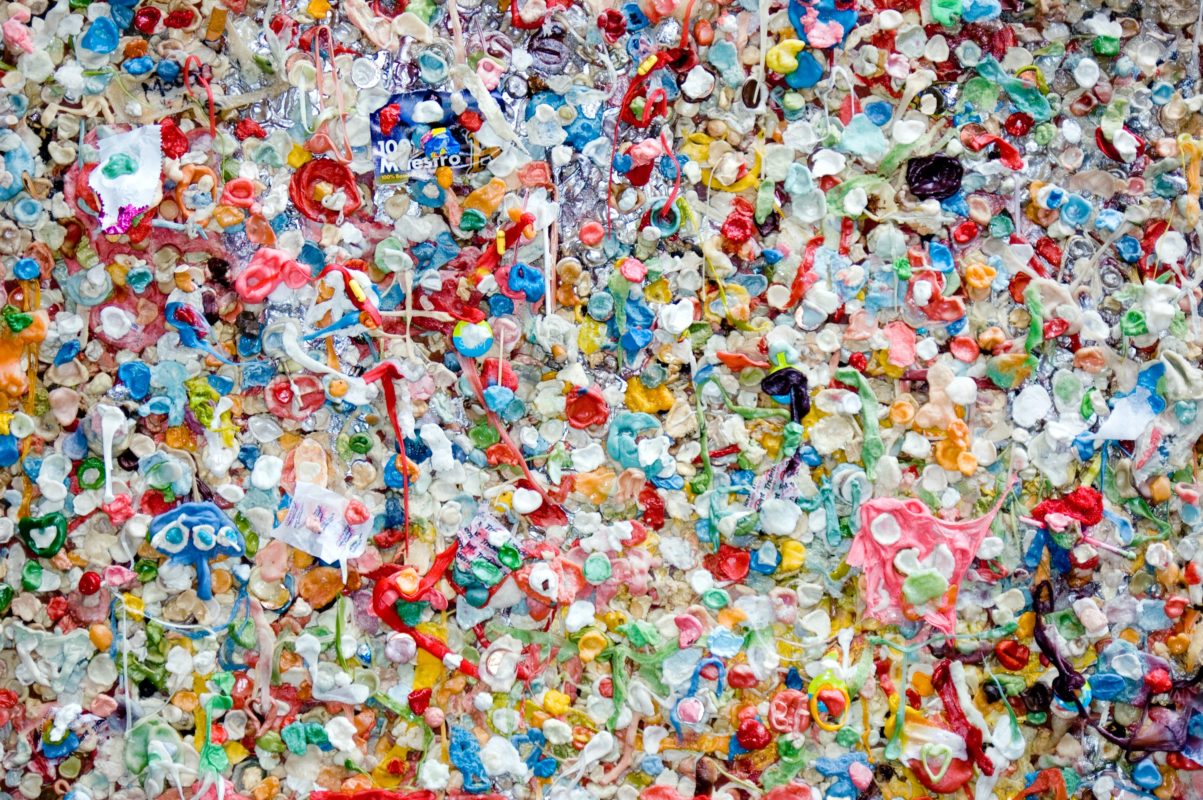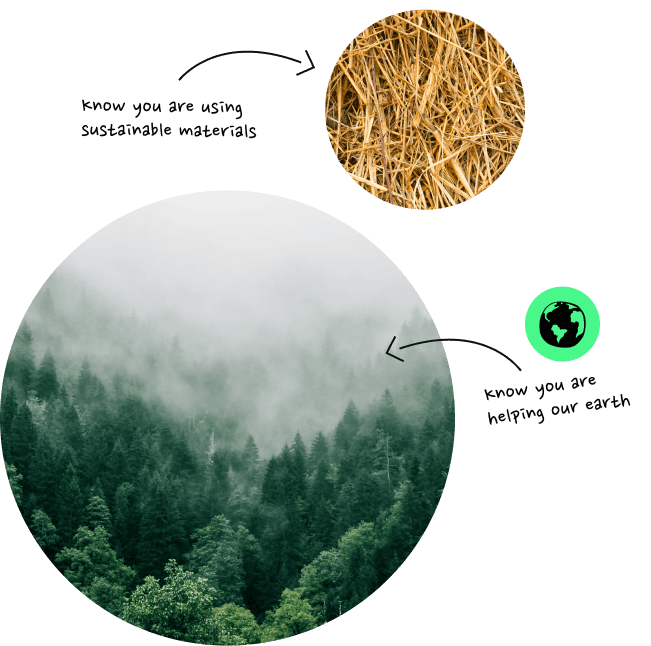In this very special series, we are sharing excerpts from Season 2 of the excellent Red to Green Podcast created by host and future food enthusiast Marina Schmidt. The show features in-depth conversations about the intersection of the food tech industry and sustainability. Season 2, titled ‘Plastic Alternatives’, is dedicated to the world of food packaging with a focus on exploring alternatives to fossil fuel plastics and solutions.
How are plastics defined?
The below conversation is an excerpt from Red To Green Season 2, Episode 2: Bio-degradable, Compostable, or Recyclable? The Differences and Misconceptions. In this episode, Marina Schmidt, founder of Red to Green Solutions talks to Julia Goldstein the author of the book, Material Value which was a finalist in the 2019 San Francisco writers contest.
Audio transcript by Descript, with edits by Anya Roschke.
Marina: Let’s start with some of the basics. What is actually considered to be plastics? And how would you define them?
Julia: We’re talking about organic materials, meaning things that are made from hydrocarbons. Molecules of carbon and hydrogen, and are polymers, meaning they’re these long-chain molecules that have many of the pieces of the individual little hydrocarbons in them. And they’re synthetic or processed.
These are not naturally occurring materials. Unfortunately, they’re all over the place. Now you go in the oceans and you go on the beaches and you find them, but they don’t belong there. And I can get into thermoplastic versus thermosets, but that might not really be relevant here, but it’s important that they can be formed into all kinds of different objects and films because that’s what makes plastics so useful for a lot of different applications.
“These are not naturally occurring materials.”
Julia Goldstein
And what are thermoplastics?
Marina: Well, I think actually your point on thermoplastics versus thermosets is relevant because that has a big influence on whether they can be recycled in the classic sense. Right?
Julia: Yes, absolutely. So most of the plastics, especially ones that are used in packaging, food and other types of products are thermoplastics. Thermoplastics can be heated and cooled multiple times when they’re heated, they melt and then they can be formed in various different ways. And then they cool back down and then become solid.
You can do this over and over and over again, which means a lot of them can be technically recycled. Now whether they actually get recycled, that’s a whole other story, but thermosetting polymers, those are usually comprised of multiple different components that are put together and they have a chemical reaction and then they become a polymer and you can’t just melt them and reheat them to make the same polymer in the same way you can with thermoplastics.
“A lot of them can be technically recycled. Now whether they actually get recycled, that’s a whole other story.
Julia Goldstein
Are these organic materials?
Marina: Hm. And you’ve been touching beforehand on the topic of it being a synthetic material, sometimes people call it organic as it is derived from once upon a time, organic materials, so that’s something that’s usually misunderstood.
Julia: Yes, it has carbon in it. If you think about organic chemistry, you’re thinking about something that has to do with carbon compounds, but there are different ways to use the word organic. When you’re thinking about organic materials, really, it means something that was much more recently living.
If you think about your food or a piece of wood that’s not a processed material, it looks very much just like it came from nature, but the plastics come from fossil fuels and then they’re made into these polymers. So you take these small molecules, they undergo a chemical process and they become a different type of material. It’s highly processed. And fossil fuels are not anything that was recently living.
“The first way should just be to use less, to begin with, reduce your incoming resources and make your processes less wasteful.”
Julia Goldstein
Burning plastics for energy
Marina: So that’s also the heart of the issue. When you look at the petroleum feedstock that we are releasing, the CO2 has been stored on the earth, where it belongs. And then, what I find interesting is that if you look at the recycling rates versus the amount of plastic that’s burned, people who argue for it being burned, say well you can get the energy back, but actually you are pretty much just burning fossil fuels, with that.
Julia: Yes. It’s interesting because for example, companies that say, okay, we have zero waste to landfill. There’s a number of ways of achieving that. And part of it can be some burning waste for energy. And I think that should probably be more of a last resort. The first way should just be to use less, to begin with, reduce your incoming resources and make your processes less wasteful, but there can still be value in converting it to energy. If it’s done safely versus just putting it into a landfill.
The Red to Green Podcast is available on iTunes, Spotify, and all popular podcast apps by typing in “Red to Green” in the search bar. Listen to this episode of Red to Green here.
Want more? Check out the whole Red To Green Talks series here.
Lead image courtesy of Marc Newberry (Unsplash).






